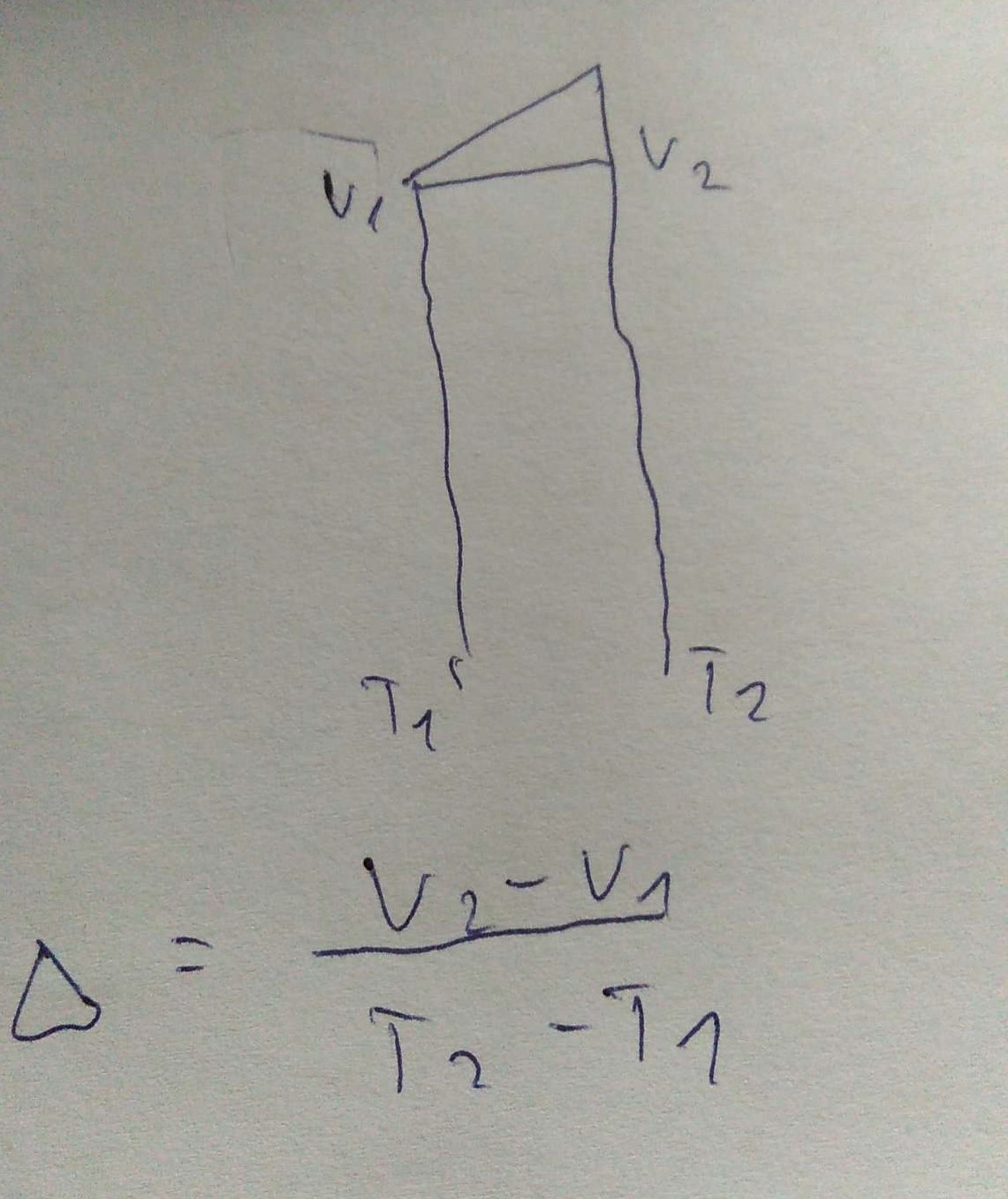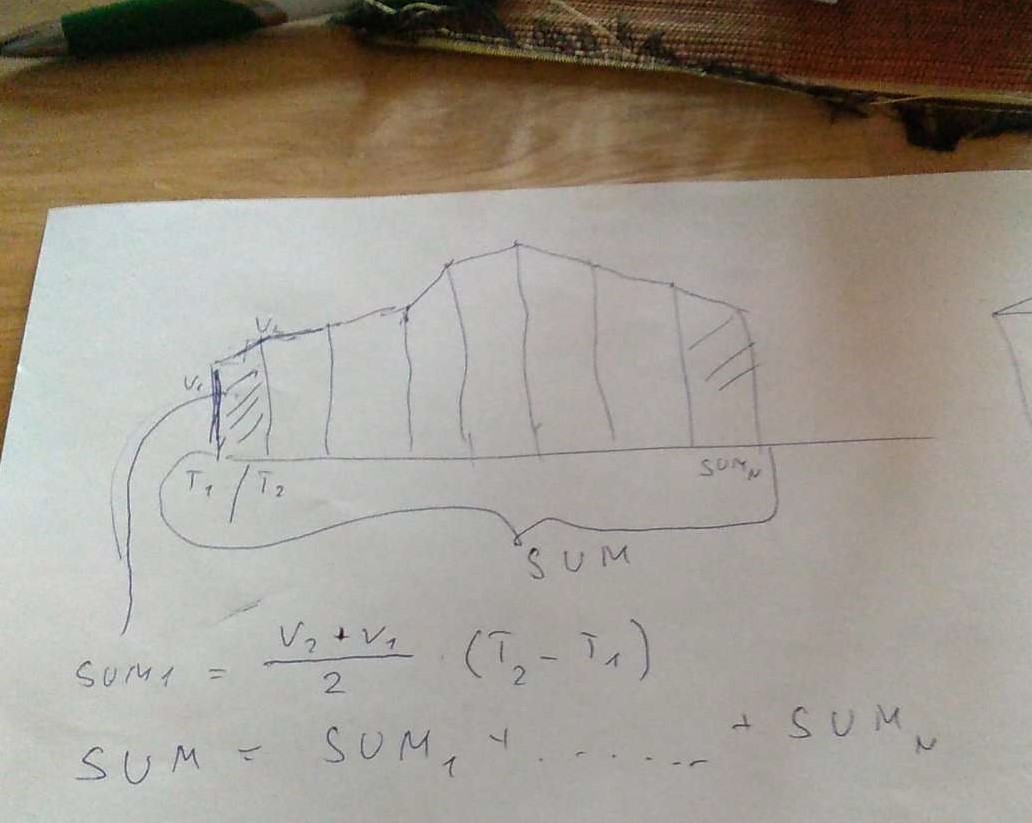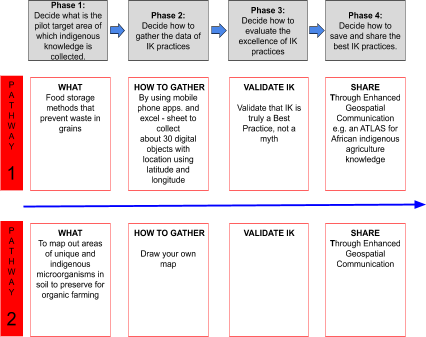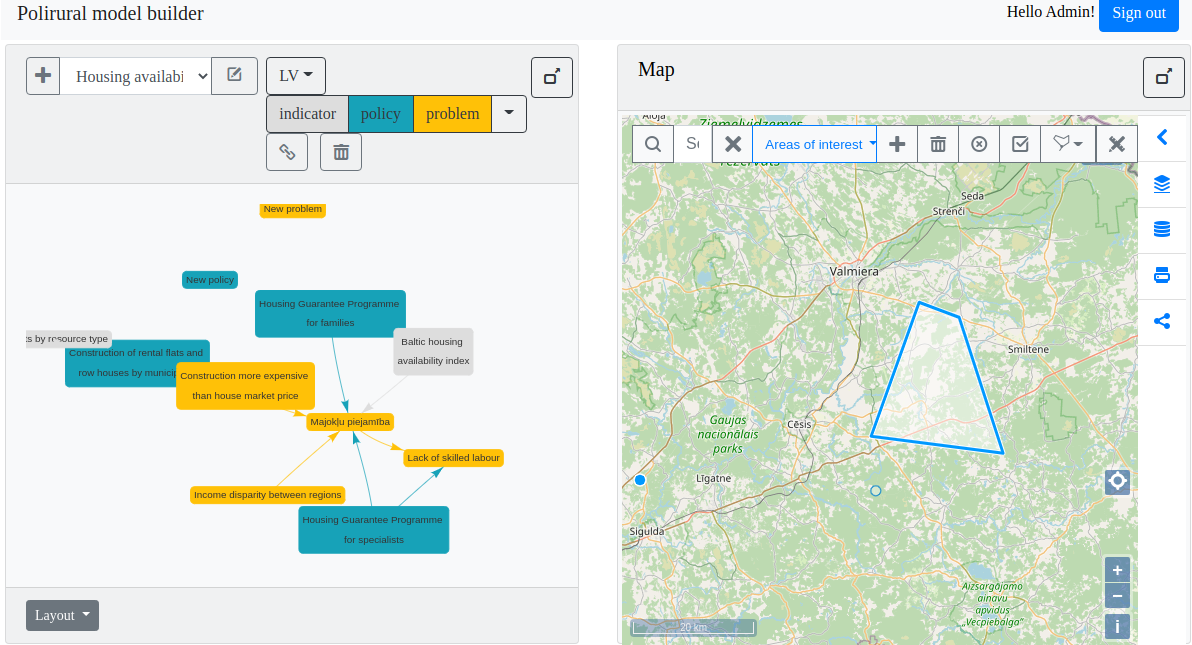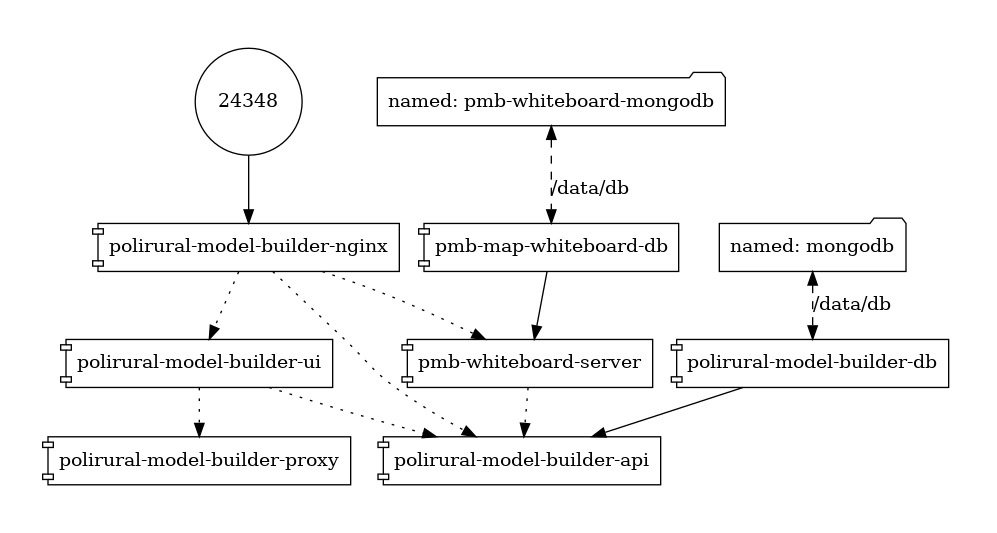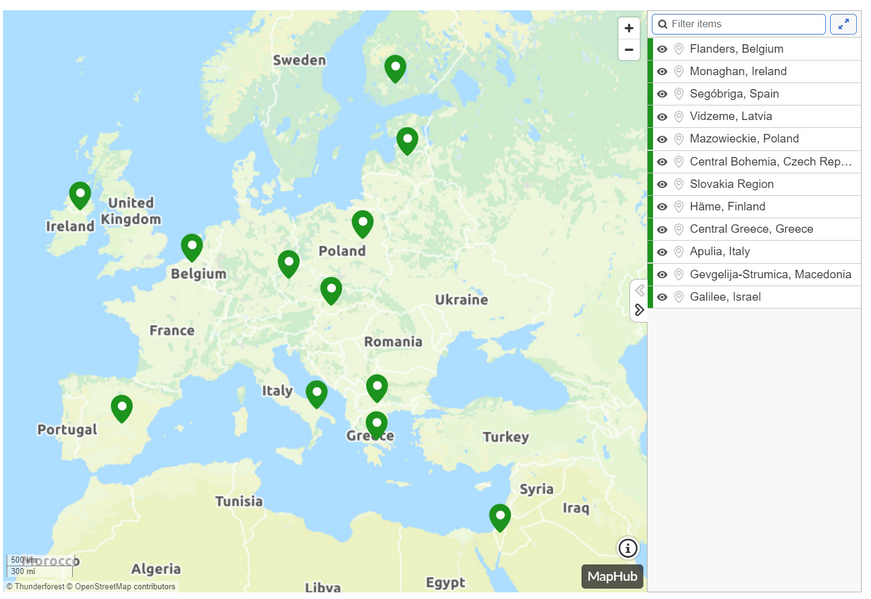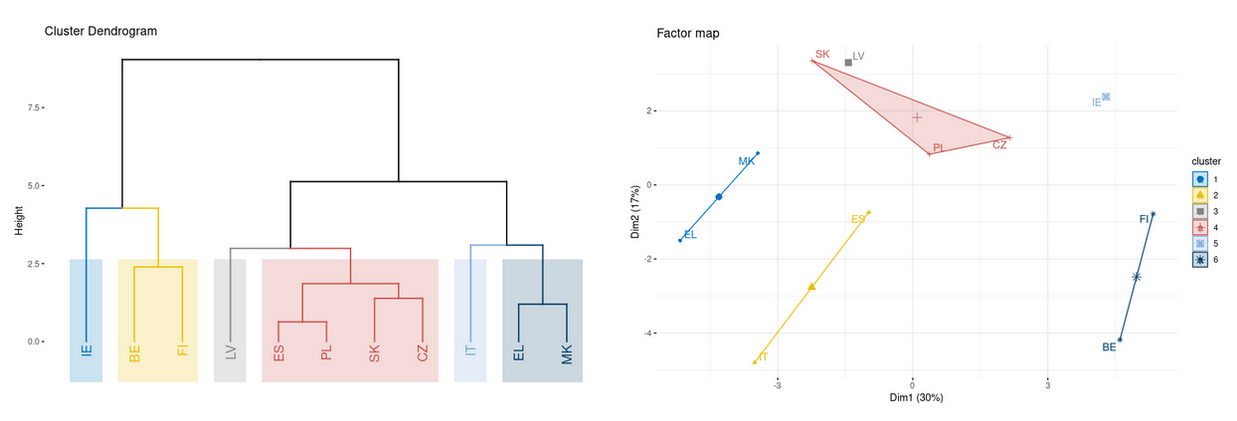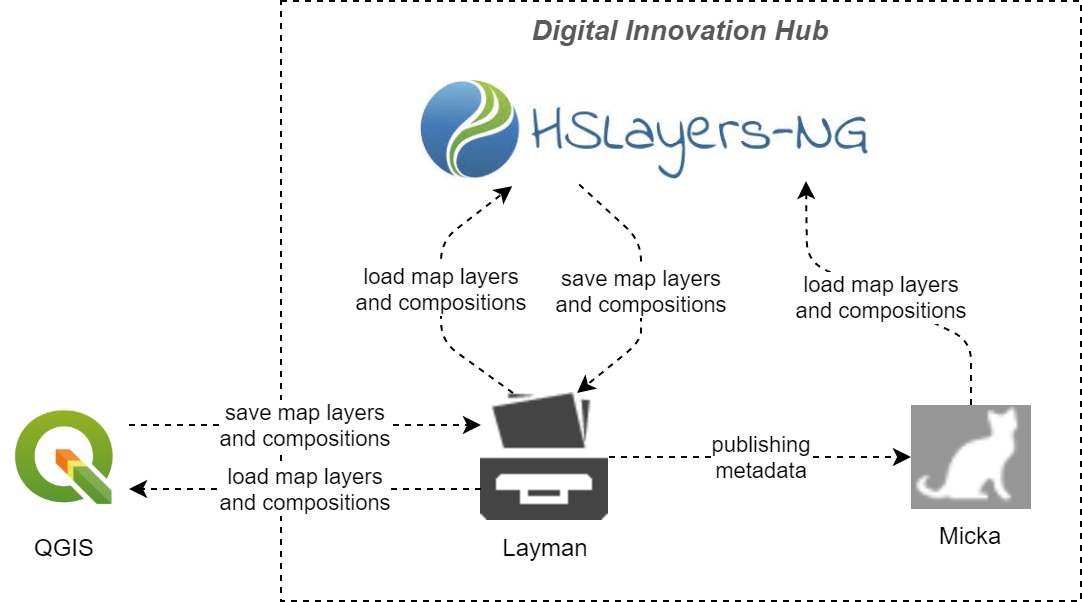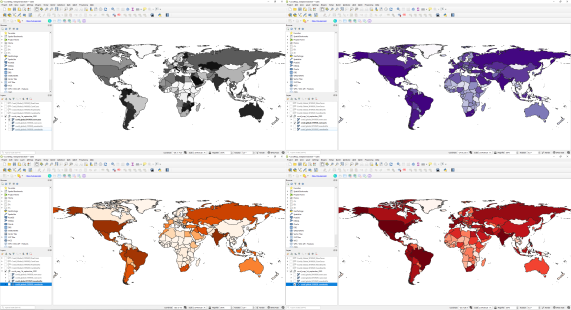Let’s read the mid-term report of challenge #6 Atlas of Best Practices – Polirural cases.
Mentors
- Petr Horak is mostly responsible for technical development and coordination within the challenge
- Pavel Kogut is in charge of stakeholder engagement and day-to-day communication with participant
Registrations
Since 3 Sember 2020 when the challenge was first announced by Plan4All, a total of 20 participants signed up to it. Many of those who registered are partners of the PoliRural project. However, a few people are completely external, and some come from outside the EU e.g. Ethiopia, Rwanda.
Process
Groups
To better manage participants and improve the overall coordination of the challenge, mentors decided to divide people into three groups:
- Atlas Consultants: The purpose of this group is to advise the PoliRural tech team on how best to incorporate frontend and backend changes requested by Collectors and Testers to improve the current version of the Atlas. No programming input is expected from Consultants, however it will help if people joining this group have some UX and web development experience.
- Case Study Collectors: This group will be primarily responsible for gathering case studies (a template will be provided later) that will eventually appear on the Atlas. Additionally, Collectors will need to provide feedback to Developers on how they would like the case studies to be displayed (frontend) and what admin features they would like to use when accessing the Atlas (backend). Collectors are not required to possess any technical skills. What is important is the ability to collect information using desk research and other techniques, as well as to have some basic writing skills (to present the case studies in English) and of course an overarching interest in rural affairs.
- Prototype Testers: The role of Testers is to assess Atlas improvements implemented within the scope of the Challenge. A special questionnaire will be created to gather structured feedback from Testers several times during the process. People that collect case studies can also volunteer to test the prototype solutions, so it’s possible to be a member of both groups at the same time. No special knowledge or skills are needed to perform testing activities. What’s needed is an impartial assessment of the tool from a layman’s point of view.Welcome email
Webinar
A joint webinar involving the mentors of Challenge 2, 6 and 12 was held on 20 October 2020 at 09:00 CET. Petr Horak presented the overall Atlas architecture and its background (Enabling project), while Pavel Kogut introduced Challenge 6 to the attendees. In his presentation, Pavel first set the context for the challenge by describing some of the problems that rural areas are facing e.g. poverty and social exclusion, lack of public services, negative population dynamics. This part was followed by a quick overview of pressures caused by the pandemic (e.g. demand shocks, falling tourism, logistics bottlenecks) and their impact on rural livelihoods. Next, several good practices for dealing with Covid-induced rural challenges were presented, drawing on the examples from Europe and the US. The presentation ended with the description of Challenge 6, its objectives, groups, and expectations (next steps). The entire slide deck can be found here.
Alpha version
At the webinar, participants were offered a sneak preview of the Covid Atlas. Currently, it contains two made-up cases that are used only for illustration purposes. In the future, as Collectors supply their case studies to the mentors, the Atlas will be populated with actual stories from across the globe. Eventually, the goal is to integrate the Atlas into the PoliRural Innovation Hub.
Case study collection
Shortly after the webinar, Pavel Kogut reached out to interested Collectors and asked them to look for interesting case studies. A template was provided to ensure consistency in data collection, as well as to make further integration with the Atlas easier. First input is expected by early November 2020.
Next steps
Mentors will work on the following in the coming weeks
- Collating, synthesising and integrating information from Collectors
- Initiating a series of training sessions with Testers
- Engaging Consultants with a view to improving the Atlas
- Capturing feedback for integration in the final report
- Preparing for the final event


